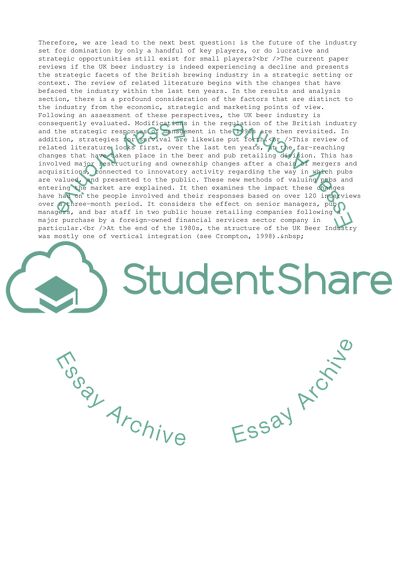Cite this document
(A Market Study of the UK Beer Industry Research Proposal - 1, n.d.)
A Market Study of the UK Beer Industry Research Proposal - 1. https://studentshare.org/business/1703619-marketing-research
A Market Study of the UK Beer Industry Research Proposal - 1. https://studentshare.org/business/1703619-marketing-research
(A Market Study of the UK Beer Industry Research Proposal - 1)
A Market Study of the UK Beer Industry Research Proposal - 1. https://studentshare.org/business/1703619-marketing-research.
A Market Study of the UK Beer Industry Research Proposal - 1. https://studentshare.org/business/1703619-marketing-research.
“A Market Study of the UK Beer Industry Research Proposal - 1”. https://studentshare.org/business/1703619-marketing-research.


